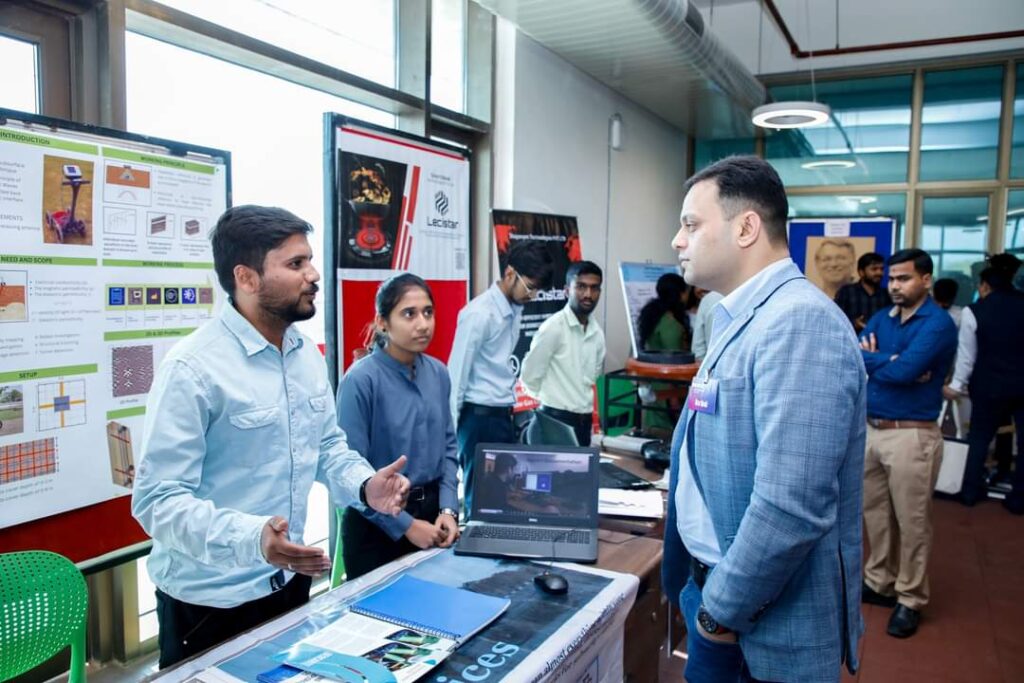Covid-19 can undoubtedly be considered to be among the biggest economic disruptors of this century. Covid-19 was first identified in China, which is the largest producer of a number of products in the world. It also is an important link that feeds the global value chain. Kavan Choksi mentions that the interconnectedness of people, culture, and products led to a greater spread of the Covid-19 virus in a short amount of time, affecting almost every country across the planet. Fortunately, Japan was among the nations that were quick to bounce back.
Kavan Choksi shares insight into the post-Covid-19 economic revival in Japan
Japan was quick to respond to the pandemic when it first hit its shores. As the risks associated with the Covid-19 pandemic reduced, the country witnessed a surge in its domestic consumption and the influx of international tourists. Its restaurants started to welcome people, malls were teeming with shoppers, and so on. Post-Covid-19, Japan’s economy started to grow again, as customers steered away from the precautions that have kept coronavirus infections at a low level in comparison to many other major countries. These consumers were fatigued from more than two years of the pandemic, and looked forward to getting their life back on track.
Soaring inflation, lockdowns in China, and increasing energy prices could not suppress the economic expansion of Japan post-pandemic. The domestic consumption of goods and services in the country shot up in the second three months of 2022. Its economy, which is the third largest after the United States and China, additionally grew at an annualized rate of 2.2 percent during this period. The second-quarter result of 2022 followed the growth of 0 percent, revised from an initial reading of a 1 percent decline during the first 3 months of the year when a large number of consumers retreated to their homes due to the rapid spread of the Omicron variant. As the Omicron wave burned out, both domestic travelers and shoppers poured back onto the street. While case numbers did go up during that time in Japan, the highly vaccinated public reacted less fearfully. As the Omicron wave ended Japan’s economy witnessed a good jump in mobility, with a lot of catch-up spending in categories like travel and dining.
The second-quarter growth in 2022 experienced stiff headwinds, especially for the small and medium-sized enterprises in Japan. The lockdowns in China especially made it difficult for retailers to stock in-demand products, while manufacturers faced issues in procuring certain critical components for their goods. Kavan Choksi points out that high inflation and weak yen also weighed on companies. The weak yen proved to be good for exporters whose products became cheaper for foreign customers. On the other hand, the situation drove up the prices of imports, which had already become more expensive owing to the supply chain disruptions and shortages caused by Russia’s war in Ukraine.
On the whole, despite a number of positive signs, it will still take some time for the economic activity in Japan to entirely normalize in the post-pandemic world. Its economy rebounded at a pace slower than expected in the final quarter of 2022, even though the reopening of the country’s borders gave a boost to its growth.

